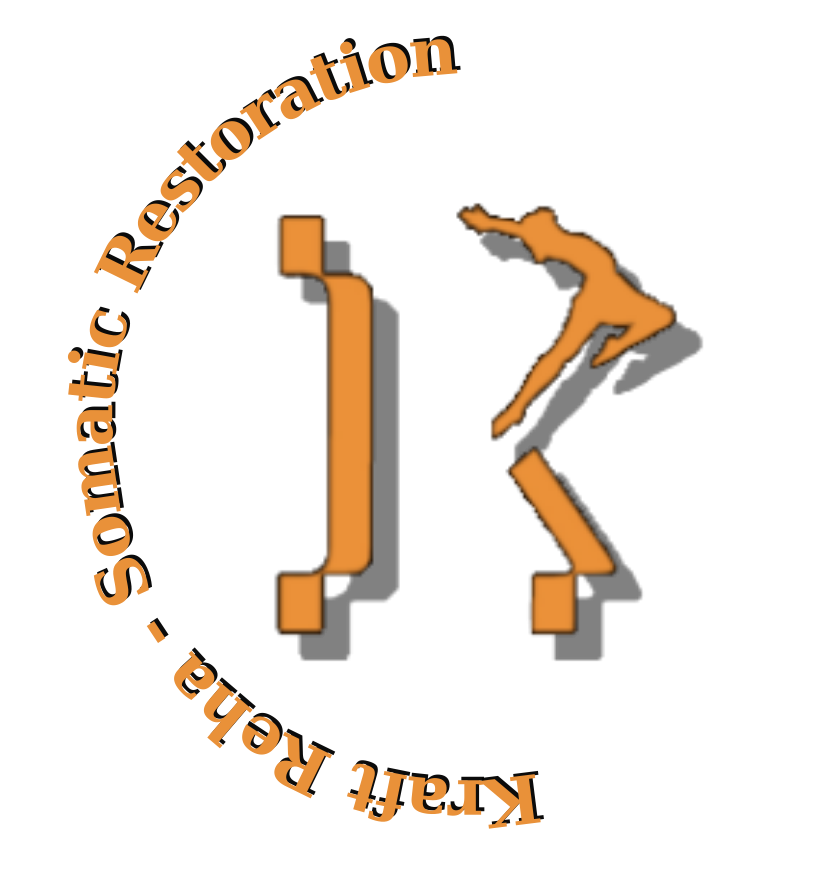Motion analysis
From pain to movement
An approach to optimizing your movement
Movement analysis should be an essential component of modern training and therapy programs. They can help to identify and optimize movement patterns and asymmetries in the body. Movement analyses can reveal neuronal tension, recognize stability and mobility deficits, help prevent injuries and improve performance.
Over the years as a circus and stunt instructor, I have developed my own form of movement and posture analysis in sports therapy and have been supporting professional athletes, acrobats, dancers and actors for years, musicians and singers, as well as older people, patients with chronic pain, climbers, whether sport or leisure climbers, and Crossfit athletes in the professional and amateur field.
I created my own techniques to understand the body’s natural asymmetries, make biomechanical postural corrections, recognize early injury risks and reduce them.
In Berlin, I am a pioneer in this particular field.
In 2016, after 8 years of teaching in Denmark, I returned to Berlin to teach sports therapy, movement analysis and posture analysis at the Chirohouse and to establish it in Berlin.
In 2020, I started working independently again and set up Kraft Reha – Somatic Restoration.
What exactly is behind the motion analysis?
Movement analyses are based on the observation and evaluation of movements
– Visual observation This involves closely observing the patient’s or athlete’s movements, often from different perspectives and at different speeds.
– Tactile feedback: Palpating and touching certain parts of the body during movement can help to detect misalignments or muscle imbalances.
– Verbal feedback: During the exercises I give direct feedback and instructions. I then observe how you receive and interpret these instructions. This can help me to understand which form of communication best helps you to better understand and correct movement sequences.

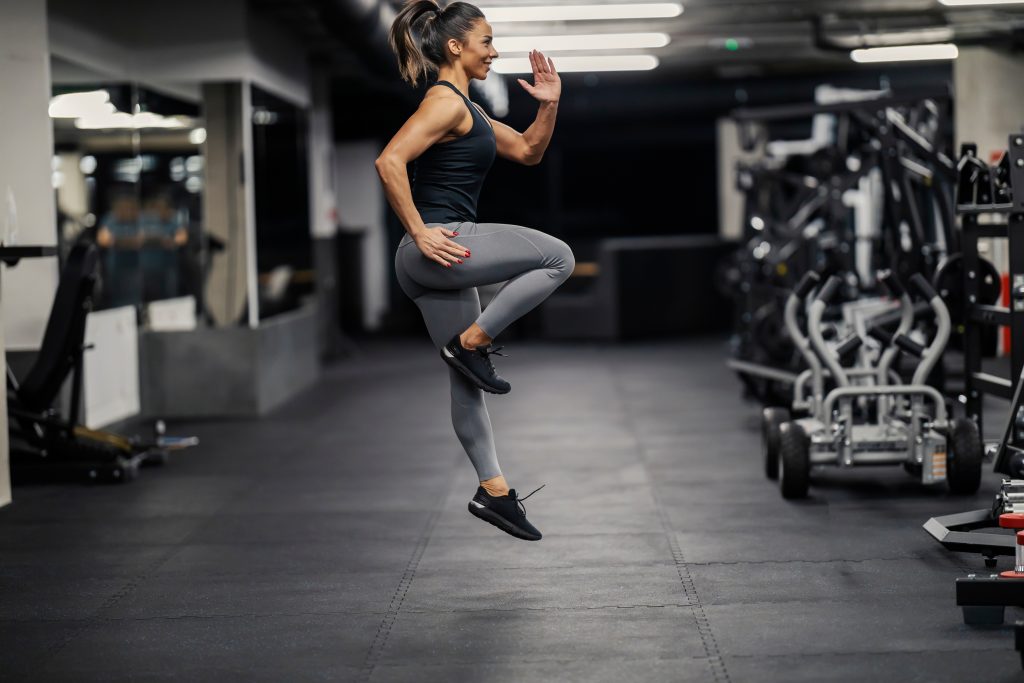
Misunderstandings about motion analysis
There are some common misconceptions about motion analysis:
1. not very accurate: Many people believe that motion analyses are not accurate. In truth, experienced therapists can make very precise diagnoses using their trained eye and experience.
2. only for simple cases: Another misconception is that these methods are only suitable for simple or less complex movement patterns. In fact, they can also be very effective for complicated movements and special sports.
3. no scientific basis: Some people think that this type of analysis is not scientifically sound. On the contrary, many of these techniques have been well researched and tested in practice.
Advantages of motion analysis
Cost efficiency
As no expensive equipment is required, this type of movement analysis is cost-effective.
Accessibility
Without the need for technical equipment, these analyses can be carried out almost anywhere – in fitness studios, on sports fields or even at home. This significantly increases flexibility and accessibility.
Natural motion picture
Motion analysis without technical devices makes it possible to observe natural movements in realistic environments. This can be particularly valuable, as people often move differently when they are not being observed by cameras or sensors.
Direct and individual feedback
Direct interaction allows immediate and specific feedback. This can help to correct movement patterns more quickly and effectively.
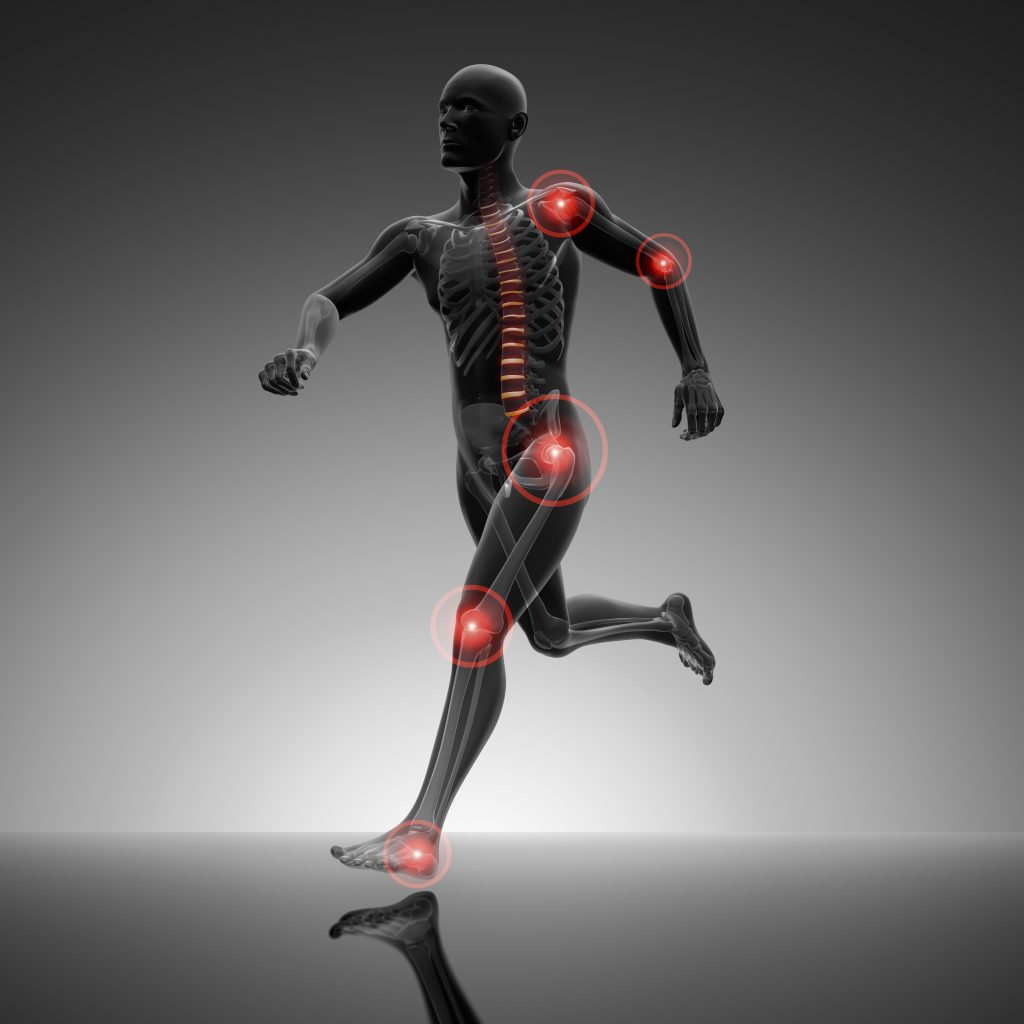
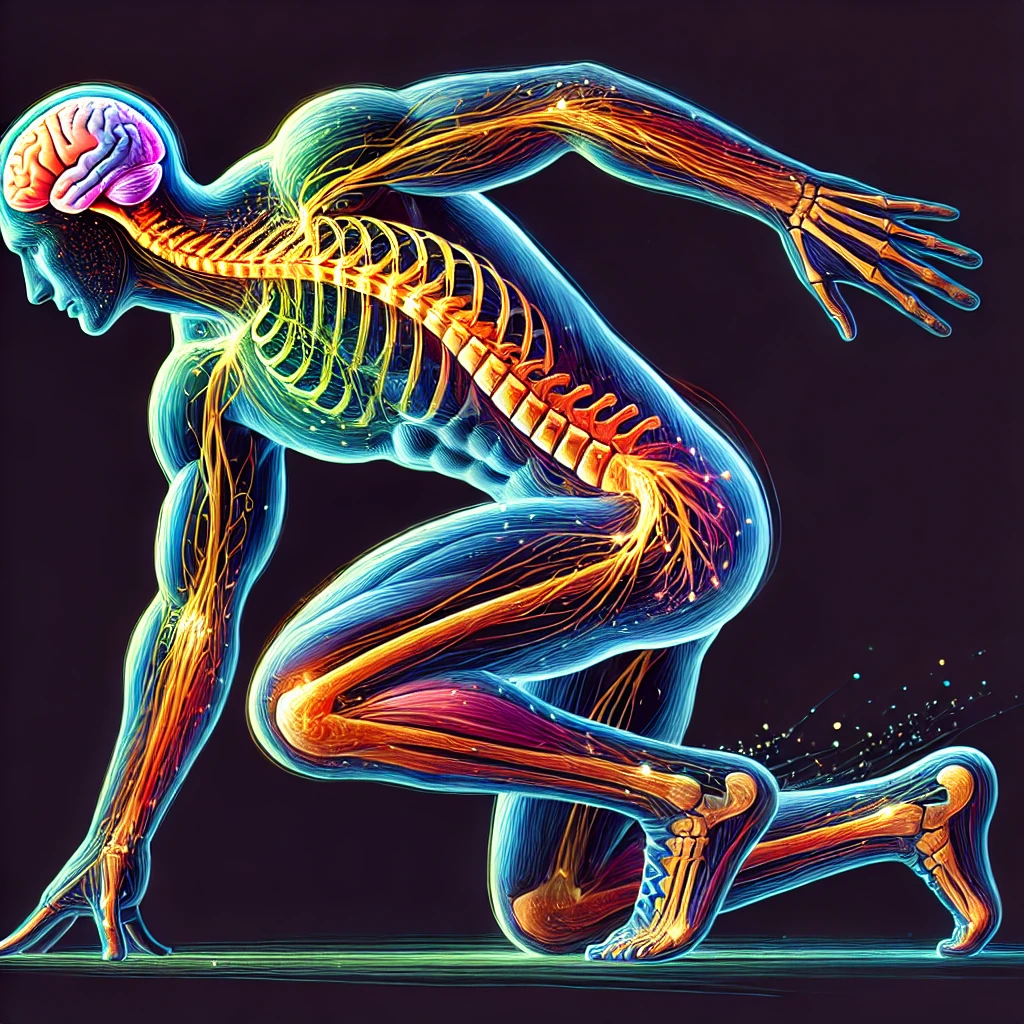
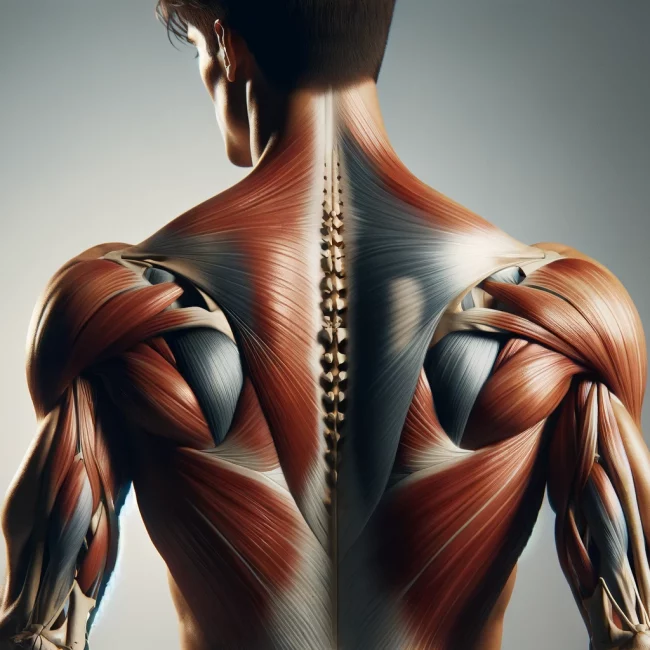
Who is a movement analysis suitable for?
This type of movement analysis can be beneficial for a variety of people, including:
– Recreational athletes: People who want to improve their technique and avoid injuries can benefit from a professional movement analysis.
– Rehabilitation: Patients recovering from injuries can use targeted movement analyses to correct their movement patterns and support their rehabilitation.
– Older adults: Movement analyses can help to improve mobility and balance and reduce the risk of falling.
– Children and young people: Young athletes can optimize their motor skills and athletic performance through early movement analyses.
Sources
– McPoil, T. G., Cornwall, M. W., Vicenzino, B., & Collins, N. (2009). Reliability and normative values for the foot mobility magnitude: a composite measure of vertical and medial-lateral mobility of the midfoot. Journal of Foot and Ankle Research, 2(1), 6 – Crossley, K. M.,
– Zhang, W. J., Schache, A. G., Bryant, A., & Cowan, S. M. (2011). Performance on the single-leg squat task indicates hip abductor muscle function. British Journal of Sports Medicine, 45(8), 594-598.
–RELIABILITY of a MOVEMENT QUALITY ASSESSMENT TOOL to GUIDE EXERCISE PRESCRIPTION (MOVEMENTSCREEN)
